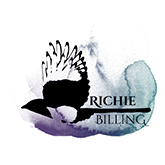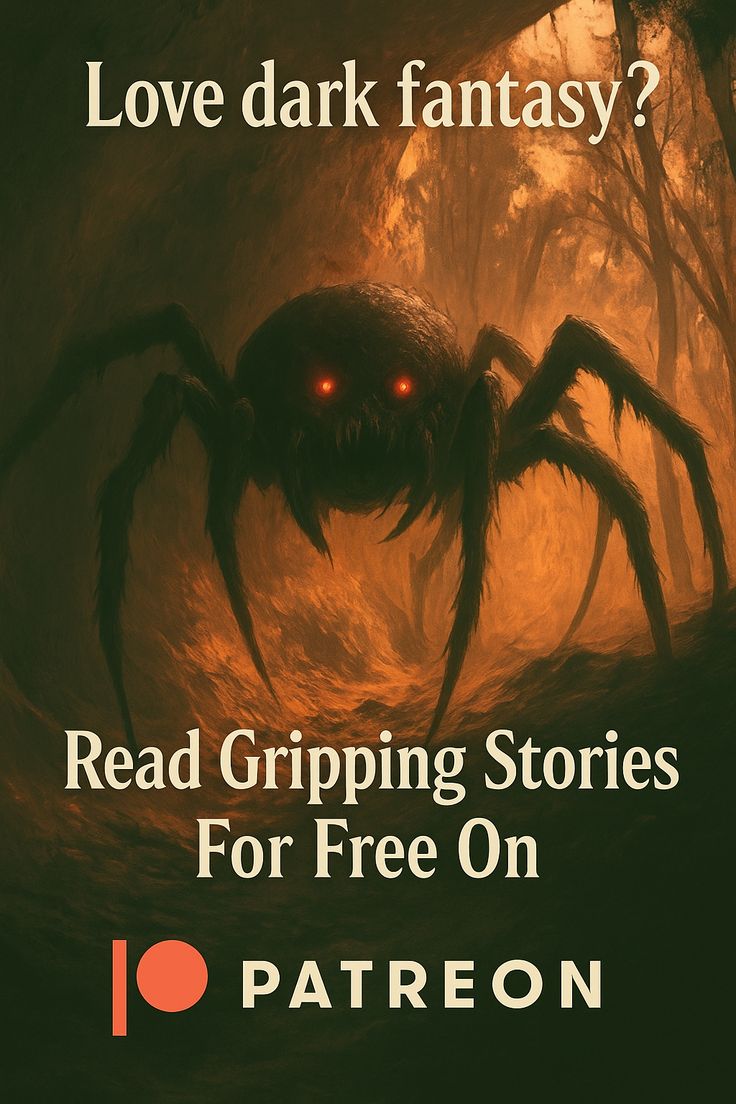Today I’m delighted to introduce fellow writer and historical fiction lover, Jack Shannon. Jack approached me with the idea for an article on the links between historical fiction and fantasy and I found myself in complete agreement.
For fantasy writers, there’s much to be learned from historical fiction, from weaponry, armour and battle tactics, to the manner in which people lived their lives and what they ate and wore. As you’ll see below, some of our most beloved fantasy stories take a surprising amount of inspiration from historical fiction, and Jack does a great job in exploring these links.
Historical Fiction and Fantasy
“If you want to be a writer, you must do two things above all others: read a lot and write a lot.”
Stephen King
I can’t help you with the second one, but let’s look at the first. As a fantasy author, you need to read more historical fiction. As writers, we need to read everything, of course. But certain genres complement each other more easily. Sci-fi and fantasy are the obvious bedfellows. But what about historical fiction?
It’s a similar demographic
Your book is a product. The most successful products are built with a customer in mind, rather than building the product and hoping the customer will magically appear.
You need to understand the audience you are writing for and these two genres have a surprising amount of overlap
Let’s take bestselling author Bernard Cornwell for example. Look at the type of people who buy his books. Middle-aged, male and interested in history. Ok, not terribly helpful so far. It’s the same demographic who are buying fantasy books, but it is also the same demographic who are buying comfortable trousers and brown shoes.
But look at the type of thing he’s writing about. In his Last Kingdom series or the Sharpe books, he has gruff hardmen protagonists. Characters who aren’t afraid of a fight and are packed with agency.
At the risk of this article turning into a love letter to Bernard Cornwell, I need to cut it short. But by looking at the pacing, style and characters featured in historical fiction, you’ll be able to see what appeals to those readers and tailor your own writing accordingly to make it more attractive to agents and publishers.

Battle of Plataea – Greek/Persian Wars
They both have swords
This is a very important point. They do indeed both have swords.
So what? You might say, my book is filled with dragons and magic and stuff. How does looking at historic battles help me?
George RR Martin is a history buff. Say what you like about the guy, he knows how medieval armies fought, what weapons knights used and how a battle ebbed and flowed. This makes his writing both realistic and engaging. He regularly cites the historic influences in ASOIAF and yes, he does read a lot of historical fiction.
When you write your battle scenes, look at how historical fiction writers creatively depict real-world clashes. This will give you an idea about how to write battles which make narrative sense but can also keep the attention of the reader.
Also, there is nothing wrong with ripping off a real-world battle and changing the names.
For example, let’s say you want to end your book with a big, epic fight scene. Take the battle of Hastings in 1066. Swap the Saxons for dwarfs, and the Normans for invading humans. Then you just need to add in a few twists. What if the invading humans have access to foul blood magic? Or a bound dragon? The fantasy elements will also throw a monkey wrench into a battle, but with the skeleton of a real, historical fight you’ll have a strong framework to build on.
To supplement this, it’s worth researching how weapons actually worked. For example, swords can’t cut through plate armour. You need a point to puncture through the metal. Visit a museum like The Wallace Collection in London or the Royal Armoury in Leeds for a great source of inspiration.
It will help you write epic fantasy and amazing character development
Epic fantasy. Big, sweeping stories that sometimes take years or decades to play out on the page. One of the holy grails of fantasy writing. The serious, multi-book deal stuff.
By reading a historical fiction series which looks at a period of time, like say the reign of Henry VIII, you’ll be able to better incorporate these large plot arcs into your writing.
Continuing our example, any half-decent historical fiction writer will be able to show you how Henry VIII developed and changed over his reign from hot, young jousting hunk to obese, paranoid syphilitic. Character development doesn’t always have to be this polar of course, but historical fiction can also show you how characters can change when faced with obstacles. Look at Sir Thomas Moore. He was torn between his catholic faith and his loyalty to the king. You can use real-world inspiration for your own character’s conflicts and dilemmas.

Battle of Salamis
It will help you understand people
Phillipa Gregory is another author you should be reading. The Plantagenet and Tudor novels in particular. By basing her stories on the actions of real people and showing their motivations through their actions on the pages, she builds up characters who act and react to each other rather than just acting for the sake of it. In her books, George Plantagenet doesn’t just betray his brothers for the hell of it, he has his own inherent motives based on what is going on in the novel.
Truth genuinely is stranger than fiction
The Red Wedding is famously based on the Black Dinner and the Glencoe massacre from Scottish history, but that’s just one example.
If you want inventiveness, cruelty, revenge, ambition—all the things that can turn a run of the mill fantasy into a proper page-turner—just look at history.
To quote George RR Martin: “I file off the serial numbers”. If you’re stuck for a twist or an event, open a history book at a random page. Add in fantastical elements and away you go!
About Jack Shannon
Jack Shannon is a writer, currently looking for a publisher for Brigandine, a grim and bloody fantasy with a generous pinch of Lovecraft. Why not follow him on Twitter? @Jack_Shannon.
More Guides on Historical Fiction and Fantasy You Might Like
Thank you so much for stopping by today. I hope you’ve found this post on historical fiction and fantasy illuminating and helpful. Looking to the past can be a great way for us to find inspiration for our tales, especially when we find ourselves struggling for ideas. Just look at George RR Martin and the influence it had on Game of Thrones/ASOIAF. And the results were marvellous.
Before you go, I have a few more guides on writing fantasy that you may find useful:
- A Guide to World Building
- A Guide To Writing Fight Scenes
- Archery and Fantasy: A Guide
- Naming Fantasy Characters
- Abby Jimenez Books In Order – A Guide To Her Romantic Universe - June 7, 2025
- Words Beginning With X – All Lengths And Their Meaning - January 31, 2025
- Using The 5 Senses In Writing: Examples To Inspire You - January 5, 2025








I use a lot of historical events in my stories because I write about Valkyries who according to myth walk battlefields in search of warriors who have died valiantly in battle. So far in the course of my series, there are three so far ive had them at Belleau Wood in WW1, Shiloh, Stalingrad and Gettysburg along with others strewn throughout my universe
That’s a very cool idea! I like the sound of it a lot. What do the valkyries do with the dead?